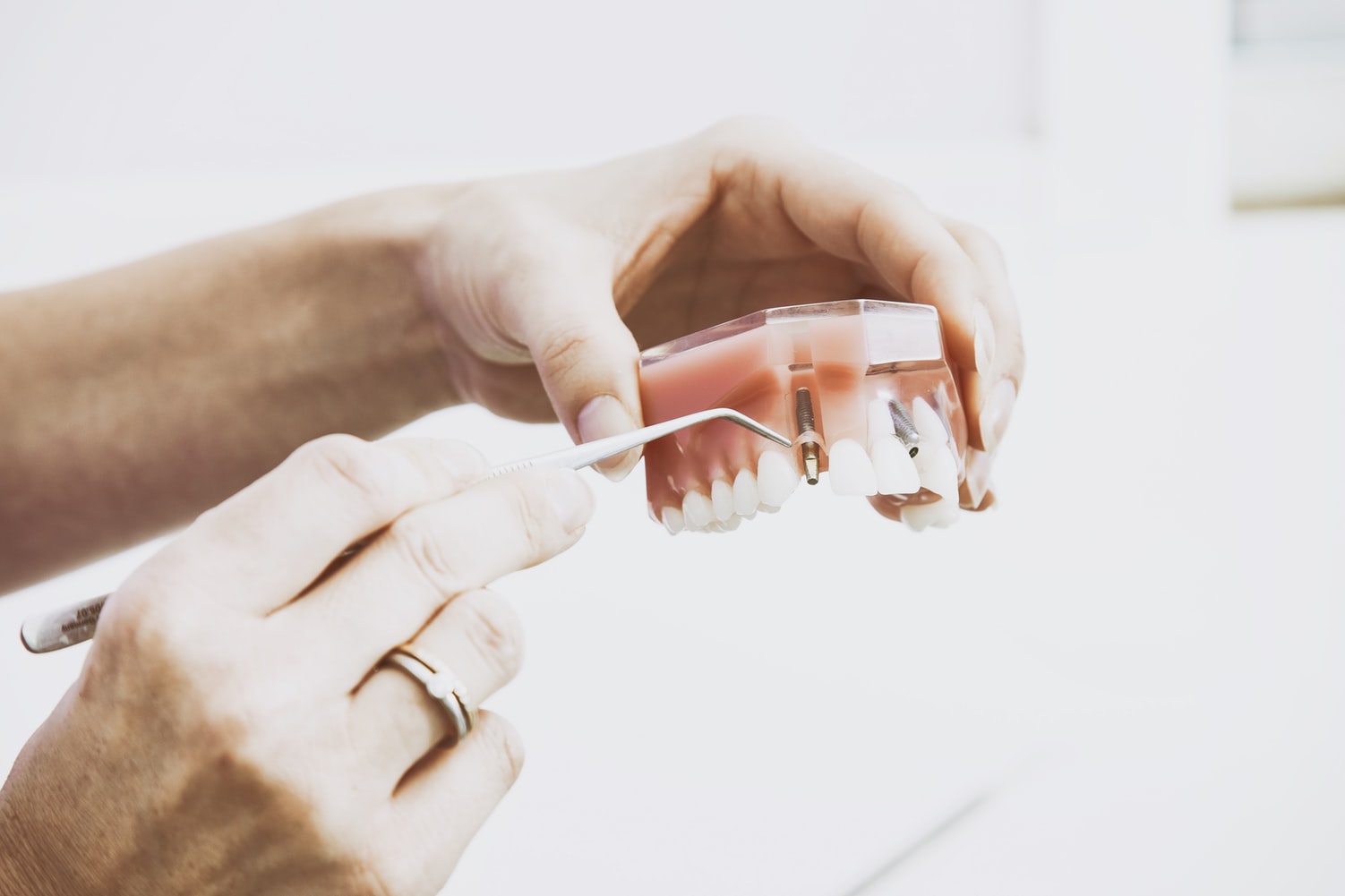
OK. Wait. Maybe that didn’t come out right.
I don’t mean that I can’t wait to get dental implants with the kind of anticipatory zeal that is reserved for going to Disneyland.
What I am mean is that it’s obvious that one detriment to getting older is the inevitable loss of teeth.
Unless you religiously maintain extraordinarily habitual oral hygiene practices, you’re going to start losing some teeth.
You’re probably going to start losing teeth well before hitting middle age.
I am in my mid-40s and I lost two teeth on the right side of my mouth, in my upper teeth. The first molar and premolar teeth, I think.
I lost them in my mid-30s. The dentist who removed them explicitly advised me to consider getting replacement teeth.
I was living in New York City at the time and got them removed at local hospital. Accordingly, there were local budget-friendly dental practices that could have helped me get dental bridges affordably.
Dental bridges are relatively affordable, but they must be replaced every decade. Also, the surrounding teeth must be sanded down, destroyed essentially, to anchor the dental bridge in place.
It’s a short-term solution, destroys healthy teeth to anchor the implant, and isn’t worth the hassle in my opinion.
I never forgot what that dentist told me after pulling my teeth. He was concerned about my oral aesthetics and urged me to take action.
I am going to do something about it. However, the missing teeth are on the side of my mouth, It’s not obvious they are missing unless I smile widely and awkwardly.
I have decided that I am going to bide my time and save for dental implants.
Get It Done Once, Get It Done Right
However, such an ambition is a lot easier said than done.
An average dental implant can cost as much as $1,000 to $5,000 per tooth. This is a procedure that one shouldn’t cheap out on.
A dental implant is basically dental surgery.
The first step involves surgically implanting a post, or a titanium screw, into the jawbone. Then, a cover, called an abutment, is placed on the end of the post jutting out of the gum line.
It takes weeks or months for the post to ossify with the surrounding jawbone. So, there is a pause in the procedure that allows the jawbone to heal and merge with the post (ossefication).
Then, an artificial crown, a replacement tooth, is place on the abutment.

A dental implant can last for four or five decades, depending on the skill of the procedure and quality of materials used.
If you get them in in your late 30s or in middle age, it’s practically a lifetime investment.
Unfortunately, most dental insurance plans consider such a procedure as an elective. So, most people pay out of pocket.
I’ve dedicated a small fund for this future purpose.
Many local dental schools perform such procedures for academic purposes at a fraction of the price under professional supervision. That is an option I will heavily research when the time comes at well.
It won’t be anytime soon. I brush my teeth softly multiple times a day. But someday soon, I want to take care of my non-noticeable missing teeth.
I mean, why go through the hassle of getting bridges? Or, partial procedures that need to be swapped out in a few years? Or, destroy healthy teeth?
It will only be two teeth, hopefully. A full-mouth dental implant procedure can cost upwards of $40,000.
I don’t pretend that it’s a cheap procedure. But if you only need one or two teeth replaced, its a worthwhile investment.
I can’t wait to get implants. If you need help like that, get it done right, get it done once, and don’t cheap out on it.
Read More
Cost of Full Mouth Dental Implants and Alternatives
Why Seniors have to take care of Their Dental Health
Smile Pretty: A Guide to Dental Payment Plans

Allen Francis was an academic advisor, librarian, and college adjunct for many years with no money, no financial literacy, and no responsibility when he had money. To him, the phrase “personal finance,” contains the power that anyone has to grow their own wealth. Allen is an advocate of best personal financial practices including focusing on your needs instead of your wants, asking for help when you need it, saving and investing in your own small business.

